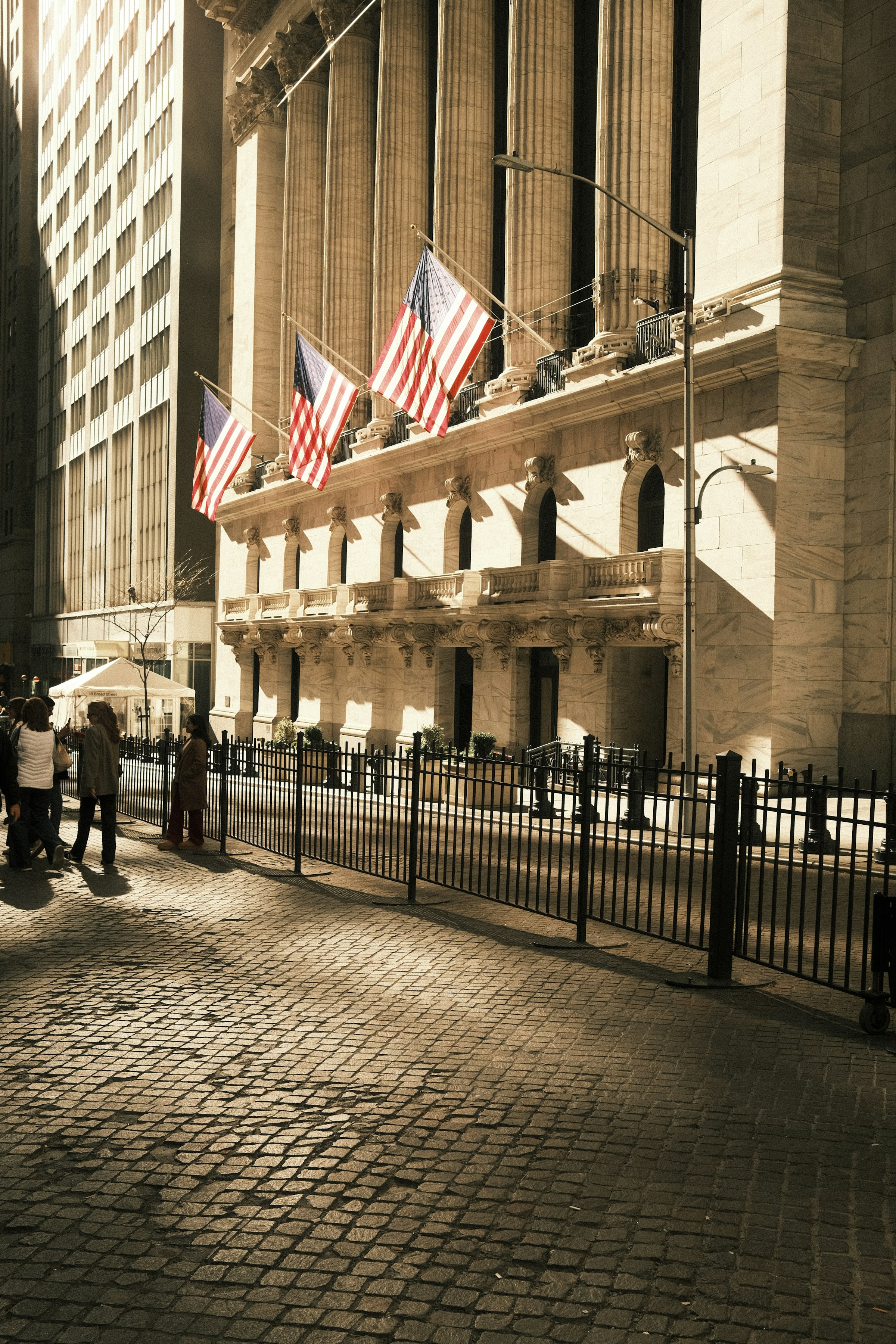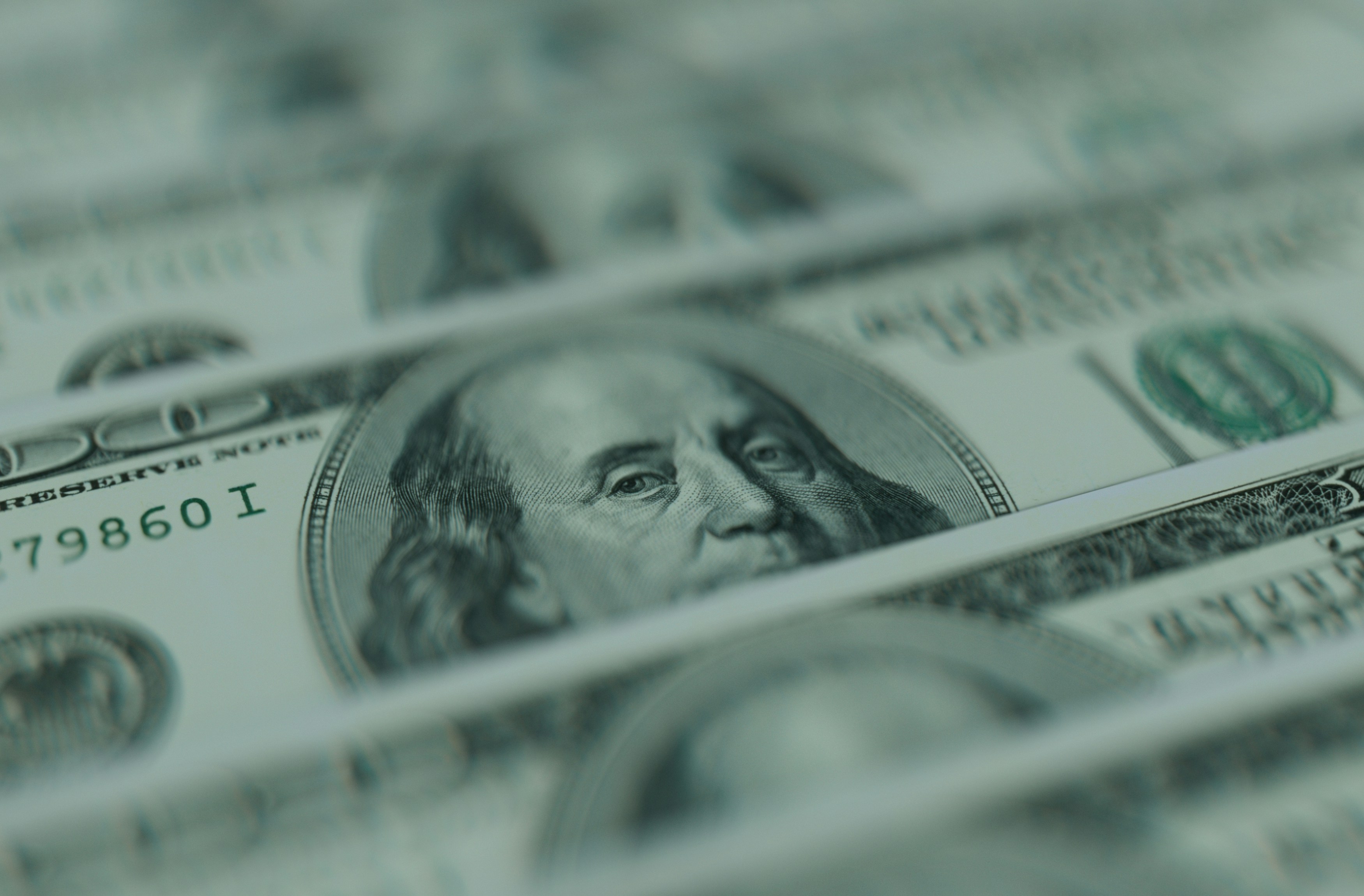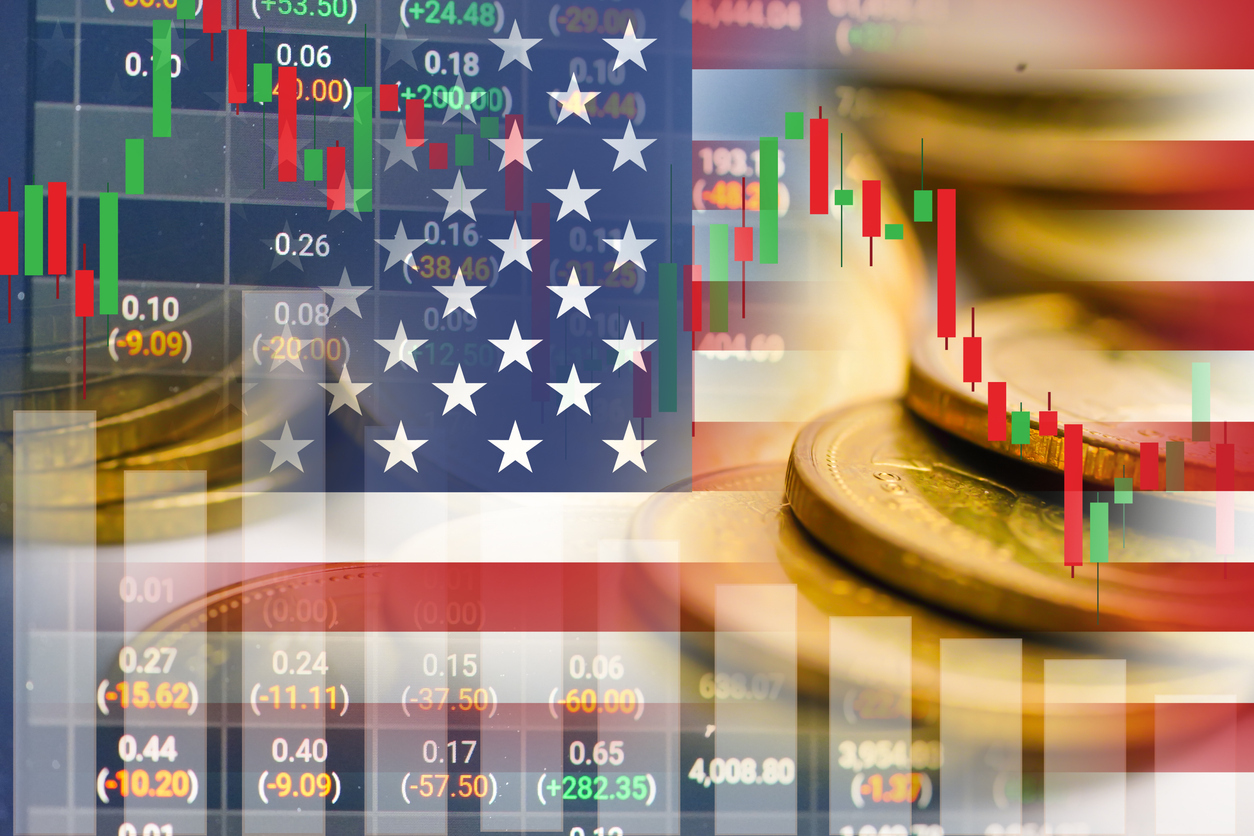Most of us who like to invest, think at some point or another - "I’ll enter the market when it’s bearish or on a downward slope."
Or: "This rally is at its peak—I’ll sell now and buy back in later."
It sounds smart. Strategic. In control.
But the truth? Trying to time the market is one of the most expensive habits investors fall into.
In today’s world—where markets react instantly to politics, global events, and economic shifts—predicting short-term moves is nearly impossible.
Even professionals with access to teams of analysts and advanced tools rarely get it right consistently. For individual investors, it’s a gamble with long-term consequences.
The Illusion of Control
Market timing gives us a comforting illusion—that we can predict what’s coming next. But the data says otherwise.
- According to a Dalbar study, the average equity investor drastically underperforms the broader market. Why? Because they often buy high (chasing performance) and sell low (fleeing downturns.
- A Vanguard research studied the behavior of retirement plan participants and long-term investment strategy. The findings showed investors who held through downturns (e.g., 2008, 2020) outperformed those who made frequent allocation changes and timing attempts resulting in lower balances in 401(k) plans over time.
- JP Morgan Asset Management: “Guide to the Markets” (Quarterly) showed how missing just 10-30 of the best trading days in the S&P 500 over 20 years can severely reduce total returns. Investors trying to time it, get humbled by the system.
Missing the Best Days
Here’s a brutal stat:
If you missed just the 10 best days in the market over the past 20 years, your returns could be cut in half.
What’s worse? Those “best days” often occur during or right after the worst days—when most people are sitting on the sidelines. These are movements that are near impossible to predict.
Timing vs. Time in the Market
In the U.S., markets are volatile—but they’re also resilient.
The S&P has come back from:
- The 2008 Global Financial Crisis
- The 2020 COVID crash
- 2022’s inflation-driven bear market
- Countless Fed rate cycles, debt ceiling standoffs, and political drama
Long-term investors who stayed invested and rebalanced periodically are the ones who benefited—not the ones who “called the bottom.”
Why People Keep Trying to Time It
- Because financial news is entertainment now
- Because Silicon Valley has gamified investing
- Because fear and ego are stronger than spreadsheets
But your 401(k), Roth IRA, or brokerage account isn’t a game.
It’s your future house. Your retirement. Your freedom.

The Real Strategy? Time in the Market
Compounding doesn’t reward those who jump in and out. It rewards those who stay consistent.
Forget timing the market — the real edge comes from having a plan that works in bull, bear, or sideways markets. One that’s:
- Well-diversified
- Aligned with your risk profile
- Disciplined through market cycles
That’s how wealth is actually built.
How Quantel can help
Quantel gives you the tools and updates you need to stay aligned with your strategy—every step of the way. Quantel provides you with real time updates that can be tracked, ranked, and adjusted. All the suggestions are backed by an interactive AI-driven investment tool that tracks S&P 500 stocks in real time and provides intelligent insights based on our proprietary data. No more trying to "time" the market, just consistent and disciplined investment strategies.
Final Thought
It’s not about being right today. It’s about being smart over time.
So the next time you think, “Let me wait for the right moment to get in”—think:
What if the right moment is already passing you by?
EXPLORE MORE POSTS
2025 The year that was: Trump Tariffs, Gold Rally, and Portfolio Positioning for Investors
As we close the books on 2025, we reflect on a year that tested investors'...
Read Moreby Irman Singh
U.S. Equities Rebound as Cooling Inflation Strengthens Fed Pivot Expectations
Cooling inflation has revived confidence in U.S. equities, with falling yields...
Read Moreby Jerry Yuan
Jurisdictional Complexity: Managing Multi-Country Income and Tax Exposure.
by Irman Singh
Why Oracle’s Pullback Doesn’t Signal the End of the AI Trade
Oracle’s sharp post-earnings selloff triggered a broad AI market pullback, but...
Read Moreby Jerry Yuan
Investment Risk Profile: Factors Affecting It and Tax Strategy
Every investor has a unique investment risk profile, which determines how much...
Read Moreby Irman Singh
BOJ Tightening: How Japan’s Rate Hike Could Impact U.S. Equities
Japan’s shift toward tightening has added volatility to global markets, but...
Read Moreby Jerry Yuan
Stop Overpaying: What Every Entrepreneur Should Know About Tax Strategy
High-Net-Worth entrepreneurs manage complex financial lives—multiple ventures,...
Read Moreby Irman Singh
Top 5 Tax-Efficient Strategies for Corporate Leaders in the U.S.
Corporate leaders in today’s environment face increasingly complex tax...
Read Moreby Irman Singh
Markets Under Pressure: Valuation Strains, Credit Stress, and Mixed Macro Signals Drive Volatility
Markets are showing strain across AI stocks, private credit, crypto, and global...
Read Moreby Yuanhao Feng
Top 5 Overlooked Tax Strategies Every U.S. Lawyer Should Use in 2025
For many lawyers in the U.S., taxes quietly erode more wealth than any market...
Read Moreby Irman Singh
Markets Reprice: Fed Confusion Meets Overheated Tech
U.S. equities saw a sharp reset on Thursday, with the S&P 500 dropping 1.7%,...
Read Moreby Jerry Yuan
Navigating the New Macro Regime: Quantel’s October 2025 Results
Quantel's Premium Portfolios delivered another strong month in October 2025,...
Read Moreby Shyam Sreenivasan
Top 10 Tax Planning Strategies for Hni Commercial Brokers
High-net-worth commercial brokers stand at the intersection of deal-making and...
Read Moreby Irman Singh
Triple Shock Hits Wall Street: Liquidity, Shutdown, Sentiment
U.S. markets are falling due to liquidity stress, government shutdown...
Read Moreby Jerry Yuan
Keep More of What You Earn : Tax Strategies for Physicians
Physicians often find themselves in some of the highest effective tax brackets...
Read Moreby Irman Singh
Trump-Xi Truce in South Korea - A Fragile Pause for Markets
The U.S.–China truce cools trade tensions and supports risk appetite, but it’s...
Read More




















